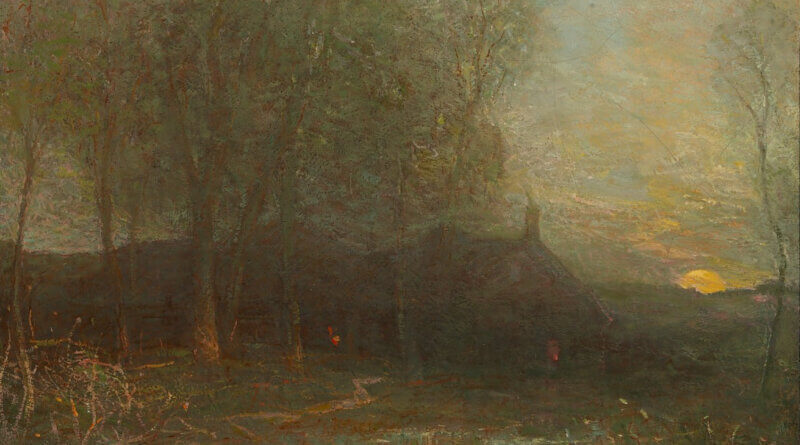Space Is The Place: The Night Sky Over Belper, September 2023
In September’s Night Sky Over Belper: Jupiter and Saturn are well positioned for observation. The Harvest Moon on the 29th is also a Super Moon. Notes on the Perseids meteor shower.
Perseids Meteor Shower 2023 (Notes on visibility)
Viewing was spoiled by patchy clouds leading up to the peak night and on the peak night itself.
Perseid sightings were as follows (generally viewing between 11.00pm and 00.40am):
8th August: 10.40 – 11.20pm: 1 long streaky. 1 short, bright sparkly trail. 1 short streaky. 18 satellites, one glinting and reminiscent of Iridium satellite flare (see Space Is The Place, September 2018)
9th August: too cloudy
10th August: Patchy cloud spoils viewing
11th August: Patchy cloud spoils viewing (one satellite). Notice Jupiter, rooftop height, approx 00:20 am.
12th August: 10.30pm: patchy clouds – one long bright trail
13th August: 00.20-00.40: one short streaky, one fast with a > shaped trail (?)
The Moon
The full Moon that is closest to the Autumn equinox is known as the Harvest Moon. This year the Autumn equinox falls on the 23rd of September, so the full Moon on the 29th of September will be the Harvest Moon. (It is also a supermoon, the last this year).
4th September: Moon appears to be close to Jupiter
11th and 12th of September: (AM- before dawn) The crescent Moon appears to be near to Venus
26th September: Moon appears to be near Saturn
29th September: The full Moon is the Harvest Moon
Headline Image: The Harvest Moon: Charles Melville Dewey (Smithsonian American Art Museum, Gift of William T. Evans
ca. 1908).
The Planets
Jupiter shines brightly around the east, visible above the rooftops from 11.00pm onwards and then rising higher in the sky, making observation possible.
Jupiter is a pleasing object to view in a telescope. Most decent astronomy telescopes will resolve Jupiter into a disc, and you should be able to see its equatorial bands and the four galilean moons: Io, Europa, Ganymede and Callisto. Successive viewings will show how the moons change positions over the course of the month. Larger scopes will reveal more detail; it may be possible to discern cloud patterns including the great red spot, the storm that circulates around the planet. If you don’t have a telescope, it is possible to see that Jupiter presents as a disc, and you may also be able to discern that it has moons.
Saturn is clearly visible, shining in the southeast. Most astronomy telescopes will show Saturn’s rings. Saturn will appear to be close to the Moon on the 26th of September.
Venus is now very bright, shining as the “morning star” in the east, just before dawn.
International Space Station
The International Space Station is one of the brightest objects in the night sky. It is not hard to spot and flies-past periodically throughout the year. Fly-pasts tend to swing from PM to AM. Typically it will be in the sky for up to four minutes at a time. It moves slowly across the sky, at first bright and then fading as it moves over the horizon. NASA’s Spot the Station site tracks ISS and gives accurate forecasts of sightings. You may also want to sign up to the Alerts Site – which gives advance warning of the most prominent sightings.
Derby and District Astronomical Society
Derby and District Astronomical Society recommence their schedule of meetings and observation sessions after a summer break. Contact the secretary by email for further details via: secretary@derbyastronomy.org

